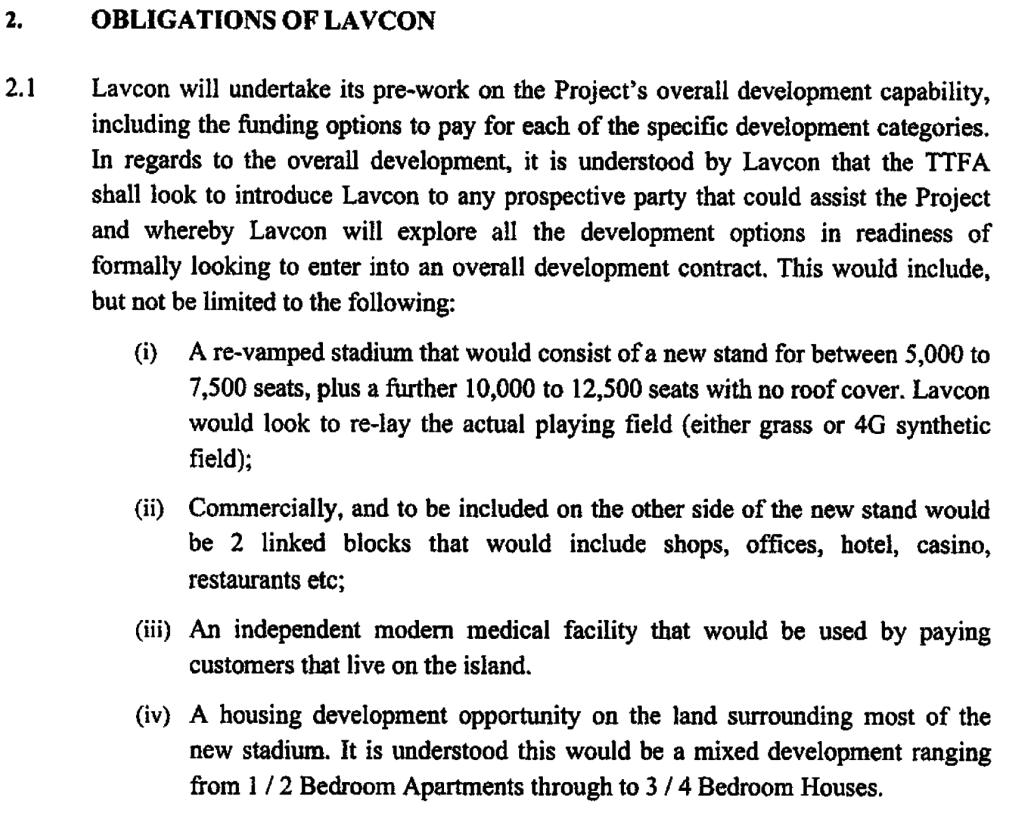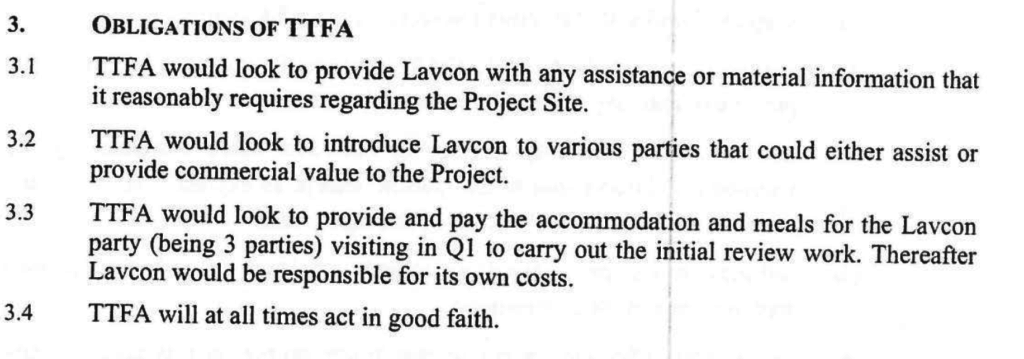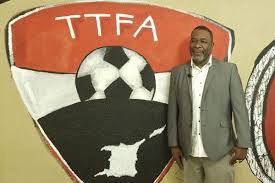By Paul Nicholson
March 24 – The board and executive of the disbanded Trinidad and Tobago FA (TTFA) have reacted furiously to their removal saying that the plan they had in place for the development of a velodrome would have netted them the TT$50 million that would have cleared their debt.
It is a stunning rebuttal of FIFA by the core of the United TTFA group who took over control of the federation in elections three months ago with William Wallace (pictured) as president and supported unequivocally by sections of a friendly local media.
However, a look at the agreement the TTFA had with unknown UK ‘property’ consultants Lavendar Consulting raises more questions than answers regarding the seriousness of the proposal, the source of the finance Lavendar was to raise, the exact relationship between the TTFA and Lavendar, and who the ultimate financial beneficiaries would be from the project.
Insideworldfootball has seen the ‘General Working Agreement’ signed between John Mitchell of Lavendar (Lavcon), and Wallace and former general secretary Ramesh Ramdhan for the TTFA.
The proposal was for the development of the Arima Velodrome Stadium plus a commercial development including retail space, a casino and hotel; a medical facility; and a housing development. The project is estimated at a cost of US$47 million.
To get their TT$50 million, all the TTFA had to do would be to “look to provide Lavcon with any assistance or material information that it reasonably requires regarding the Project Site…introduce Lavcon to various parties that could either assist or provide commercial value to the Project.”
At the same time Lavcon – who had been claimed to have worked on the Qatar 2022 World Cup stadia but whose name is nowhere in any of their public stadium documentation – would visit the site but at the expense of the TTFA who “would look to provide and pay the accommodation and meals for the Lavcon party (being 3 parties) visiting in Q1 to carry out the initial review work. Thereafter Lavcon would be responsible for its own costs.”
It begs the question that if Lavcon are a financially connected, global property and stadium developer, why is the impoverished TTFA paying for their first site visit.
When asked why Lavcon would be prepared to cut the TTFA into their property deal, the response, according to one inside source, was “because they like us”.
Extracts from Lavender Consulting/TTFA ‘General Working Agreement’

Essentially the TTFA was to be given TT$50 million of free money to be paid in four instalments via a special purpose vehicle to an unspecified TTFA account. The first payment would have been due a month after the development work began.
The agreement shows no detailed project plan, architect’s drawings or budget supporting the proposal. Nor is there any detail on the source of finance, terms of the finance or construction partners.
Indeed, neither Lavcon nor the TTFA had even secured the land or the Velodrome for development. So great was the noise being made by the former TTFA board and Ramdhan in particular, that the Arima Borough Corporation (ABC) issued a statement saying that it “was not a signatory to an Memorandum of Understanding (MOU) regarding the proposed sporting facility in Arima.”
The statement went on to say that there had been one meeting with the TTFA where they were told
“● A project of the magnitude must be approved by the Cabinet before proceeding with any further discussions.
● There must be consultation with Stakeholders and burgesses of the Arima Borough
● The construction would have significant disruptions for the burgesses and businesses in Arima.”
The Arima statement concluded: “Following this, the officials of the TTFA stated that they were making arrangements for a formal proposal. To this date, there was nothing forthcoming to council.”
With all the uncertainty not only around whether the finance was real, but also the credentials of Lavcon and the reticence concerning the proposal by the Arima authorities, the TTFA still vociferously touted the proposal as a done deal that was the answer to their debt issues. And continued to tout the deal as proof they had been unfairly treated after they had been removed from office by FIFA to be replaced by a Normalisation Committee
In fact, the deal was very far from done, had no finance and no significant support from the landowner.
With the TTFA’s kit deal with another UK firm AVEC having been unmasked as actually more of a kit buying arrangement than a full kit sponsorship of one of the Caribbean’s most storied national teams, the TTFA had built a reputation for itself of being less than transparent in its commercial dealings.
The Arima Velodrome debacle adds more suspicion to the dealmaking given that $2 million+ had been invested in the new House of Football training centre (on land provided by the Trinidad and Tobago government) that was opened just two weeks before the TTFA elections by FIFA president Gianni Infantino, and closed just days after the election by the incoming president Wallace and his cohorts. It is little surprise that the end result was the loss of faith in the TTFA incumbents.
For all the talk of conspiracy, favours and political deal making, the only opportunity for the TTFA to save itself would have been with real deals and real money. It couldn’t deliver either.
Contact the writer of this story at moc.l1713569999labto1713569999ofdlr1713569999owedi1713569999sni@n1713569999osloh1713569999cin.l1713569999uap1713569999

